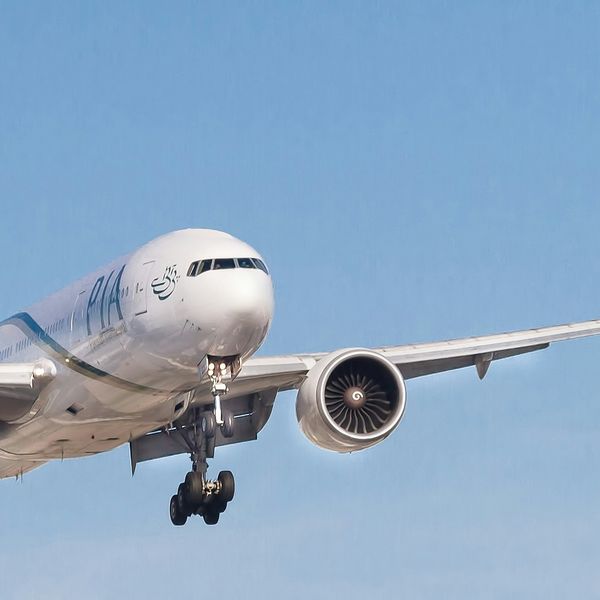Pakistani textile companies earn over $4.9 billion via exports in 17 months
Style Textile remains Pakistan’s largest textile exporter, followed by Interloop

Javed Mirza
Correspondent
Javed Iqbal Mirza is an experienced journalist with over a decade of expertise in business reporting, news analysis, and investigative journalism. His work spans breaking news, editorial pieces, and in-depth interviews.

The top 10 Pakistani companies have earned more than $4.9 billion through exports in the last 17 months (July 2023 to November this year), data compiled by Nukta shows.
Style Textile Pvt Ltd was the largest exporter, bringing in $793.2 million, followed by Interloop Limited with $725 million. Artistic Milliners exported $533.4 million, Gul Ahmed Textile exported $524.6 million, and Soorty Enterprises earned $483.5 million.
However, the textile sector will face many challenges in the coming year despite increased investments and a significant decline in the benchmark interest rate.
Industry analysts say the introduction of higher income taxes on exports, the phase-out of gas-fired power plants, rising utility costs, and a need to rely on imported cotton due to lower domestic production could harm the sector’s competitiveness. The International Monetary Fund's (IMF) push to end special treatment and tax exemptions for agriculture and textiles adds more pressure.
Textile and apparel exports recovered in the first quarter of the fiscal year 2024-25 (FY25), increasing 9.5% to $4.5 billion from $4.1 billion the previous year. Growth was seen across all value-added segments.
Pakistan’s economy shows signs of stability with GDP growth at 2.4% in FY24 and expected to rise to 3.6% in FY25.
Lower inflation and monetary easing are expected to boost industrial growth. The Consumer Price Index (CPI) was 9.2% in the first quarter of FY25 and is expected to drop below 5% by November. Consequently, the State Bank of Pakistan reduced interest rates to 15%.
The trade balance improved with a 4.2% reduction in the trade deficit, reaching $5.4 billion in the first quarter of FY25. Remittances from overseas workers were $8.8 billion, up 39% from $6.3 billion the previous year.
Pakistan signed a 37-month Extended Arrangement with the IMF for $7 billion, which, along with support from other multilateral and bilateral sources, has improved foreign exchange stability. However, a 50% drop in cotton crop output by September is expected to hinder productivity and growth, possibly increasing reliance on imports amid weak global demand and falling prices.
The government’s efforts to reduce circular debt will likely lead to higher utility tariffs, increasing costs for the sector. Despite these challenges, Pakistan’s textile sector is well-positioned to take advantage of displaced orders from Bangladesh if policies are swiftly adapted.
Political instability and security concerns could affect investor confidence and economic stability. Additionally, rising gas and energy costs are crucial factors shaping Pakistan's economy. Expected gas price increases in January have raised concerns about the sustainability of energy-dependent industries, further straining budgets and business operations.







Comments
See what people are discussing